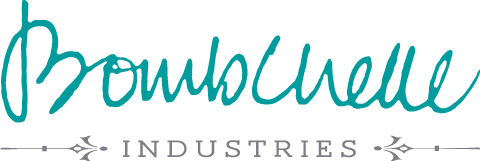
What separates productive people from business owners that are constantly stressed? This post is part of weekly feature, Workflow Wednesdays, that aims to find out, with a weekly post going in-depth on a specific part of a business owner’s workflow and what they do that makes it rock. Interested in being featured in a post? Sign up here!
This post is from lil ol’ me and you should definitely watch the video for a cameo of my new favorite mug (and my awesome t-shirt, and also my dog…lots of cameos here), but there’s also notes below the video if you don’t want to watch!
When I say “client audit” what do I mean?
Even if you haven’t done the math, you know that all clients aren’t created equal. Client A is super low maintenance, and Client B is not (even if they’re not a bad client, per se–some clients just require more administrative, email, and meeting time). When I talk about doing a client audit, I’m talking about figuring out what your hourly rate is with each client.
Who should do these on a regular basis?
If you charge hourly with all your clients, this doesn’t apply to you (there is one exception, see pt 3). Otherwise, if you fall into one of these categories, you should be doing a client audit at least quarterly–if not monthly:
- If you work primarily on a per-project fee basis (ex. $350 for Service Package A)
- If you work on another non-time metric fee (I charge per word instead of hourly)
- If you don’t bill the client for all of their tasks (for example, you don’t bill for admin or email time)
The math is simple:
Just go inside your time-tracking solution of choice (mine is Harvest). Grab:
- The money you made from that particular client in any given period of time
- The amount of hours you spent on that client in that same period of time
Divide A by B and bam, your client hourly rate is staring you in the face.
If you don’t track your time, sign up for something right now or I will whack you on the nose with a newspaper. Read more here.
How it works in action:
- In August, when I did my first audit taking into account June/July/August, my hourly rate varied from $45-117 depending on the client and project. Way too much variety. And most of my time went to the two clients that I had the lowest hourly rates with (I believe it was almost half of my client work time). I stopped working with both of those clients and replaced that income.
- In September, my hourly rate ranged from $57-164–an improvement, but still quite a lot of range.
- In October, the range was $72-140, with an average hourly rate of $105.
You can see there’s a clear upward trend, which is good, and though the range is still wide, it’s narrowing in.
Sometimes it gets a little tricky–with October, for example, I have two retainer clients vs. just one, and I bill both of them every two weeks instead of per piece of weekly. That’s why the top-hourly rate is a little lower, because I was too lazy to go in and figure out what the real hourly rate was given that billing periods (because I know the “real” hourly rate is higher than that).
I’m pretty convinced that doing this on a regular basis, keeping an eye on the low-lying outliers, and taking steps to improve the hourly rate (or eliminate the client/project) is one reason my income has stayed fairly steady without me working myself to death.
Do you already do this on a regular basis? Has it helped your biz? Any questions?
This post is part of November’s Word Carnival blog-post round up. Ever wanted to peek behind the curtain? Wanna know what’s going on behind the scenes of a small business? What little inspirations, daily reminders, and hidden dangers await in the treacherous waters of working for yourself? Check it out, here’s your all-access pass.
